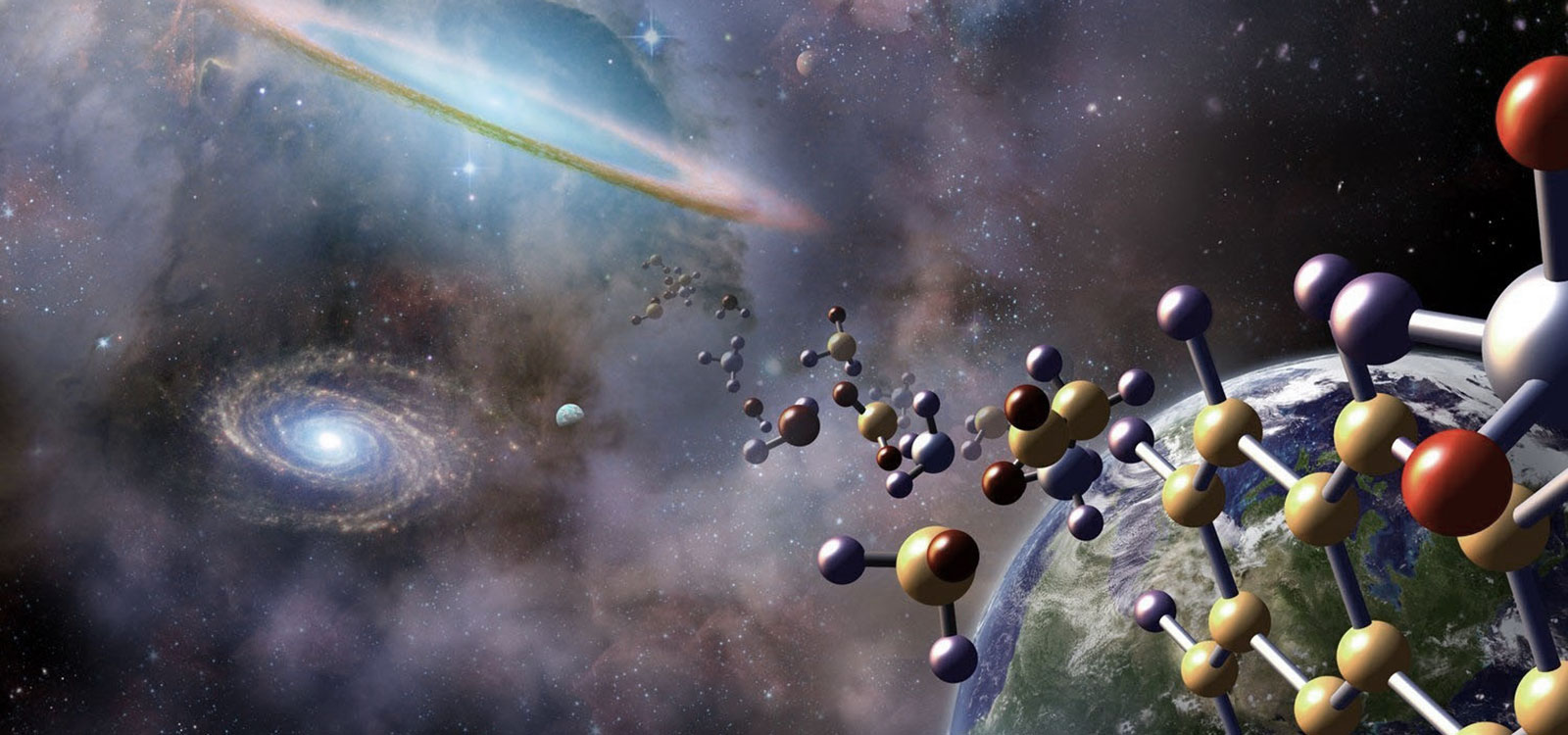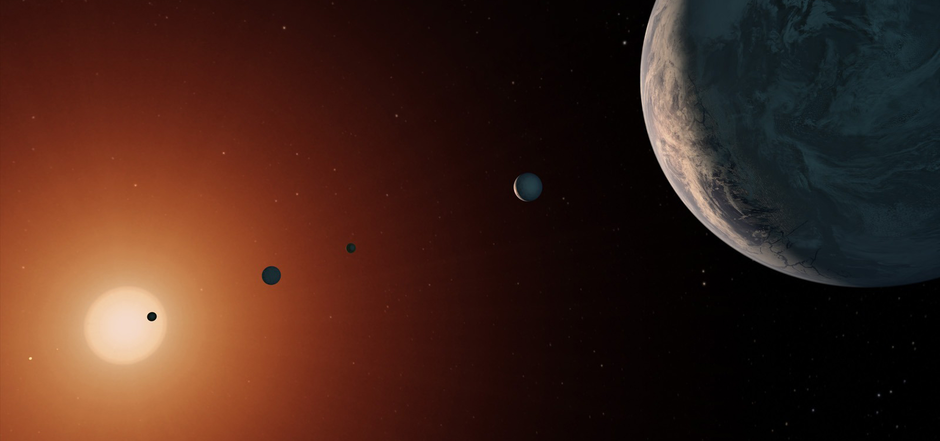Searching for Biosignatures in Nearby Exoplanets
Biosignatures and the Greenhouse Effect in Nearby Super-Earths
One of the primary goals of the astrobiology community in particular, and the broader astrophysical and planetary science communities in general, is the detection of biosignatures on inhabited worlds. Habitability is typically defined as the ability of a planet to sustain liquid water on its surface. It is primarily a function of incident radiation, but can also depend on other factors such as UV flux, atmospheric composition, etc. Spectroscopic characterization of terrestrial atmospheres will provide constraints for climate models to assess habitability. Furthermore, this remote characterization may provide evidence of spectroscopic biosignatures that indicate potentially biological interactions between atmospheric and surface processes.
The Origins Space Telescope will constrain the atmospheric composition of small (<1.5 R♁) rocky planets orbiting M dwarfs in their habitable zones using transmission and emission spectroscopy, two techniques made possible when planets transit their host stars. In the mid-infrared, these techniques can detect prominent absorption features due to CH4, CO2, O3, N2O, and SO2, as well as the H2O vapor continuum. These features can readily distinguish a wet Earth-like planet from a dry, Venus-like planet with a dense CO2 atmosphere and a Mars-like planet with a thin CO2 atmosphere.
Due to its low estimated noise floor, OST observations will also be sufficiently sensitive to measure phase-resolved thermal emission of rocky planets, which will help distinguish between planets with thin or substantial atmospheres. These thermal measurements (with both longitude and altitude) will enable direct determination of habitability. On the right are model transmission (top) and emission (bottom) spectra of TRAPPIST-1e (0.92 RE, 250 K) with simulated JWST (blue) and OST/MISC (red) data. The panels indicate bandwidths of detectable molecular features. Uncertainties are derived for a Kmag = 8 star using 30 transits/eclipses. The JWST+MIRI/LRS simulations assume an optimistic noise floor of 30 ppm. The OST simulations assume a 9-meter aperture.
For more information and further reading, see:
• Kaltenegger, L., 2017, ARAA, 55, 433 [How to characterize habitable worlds]


